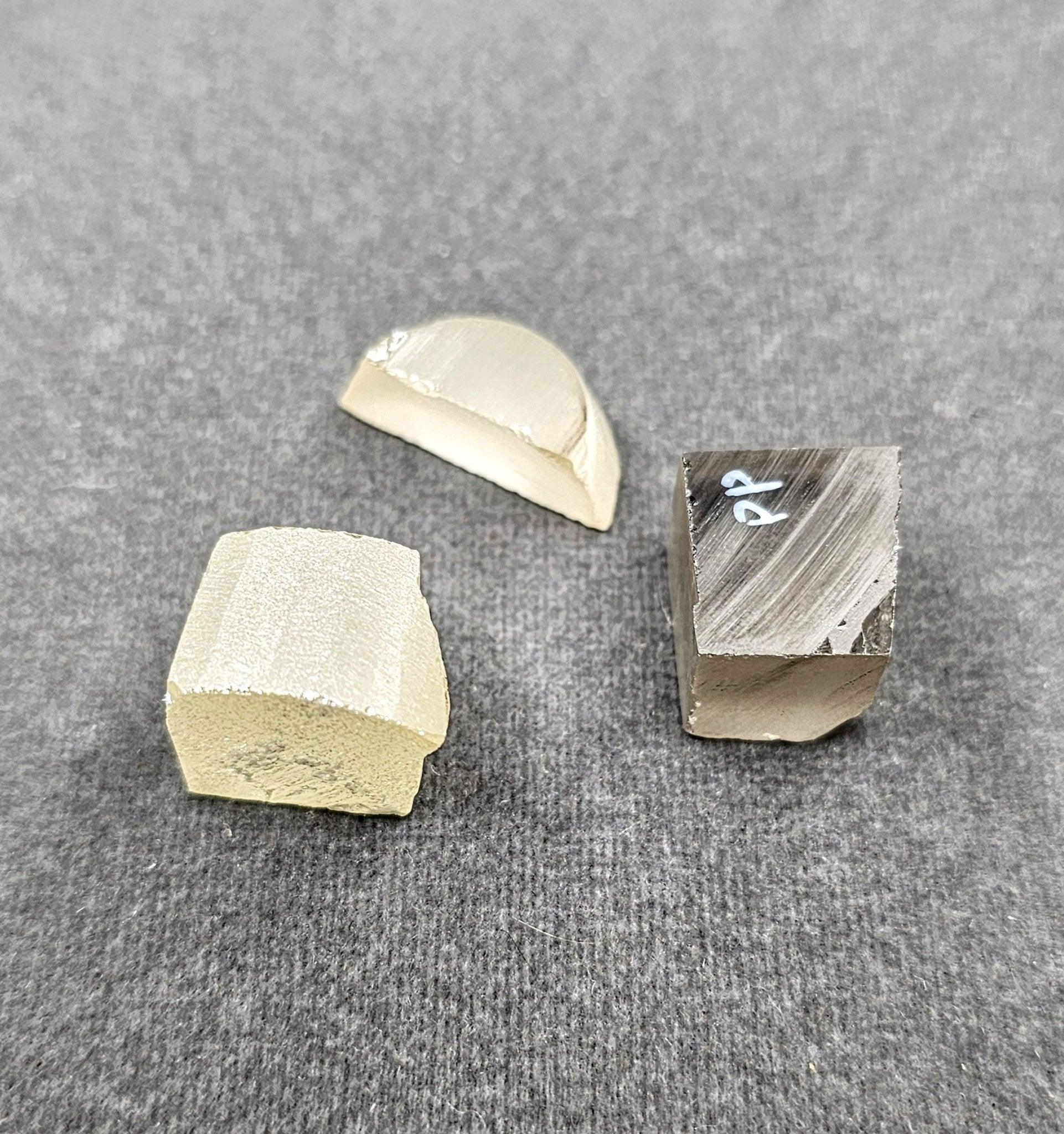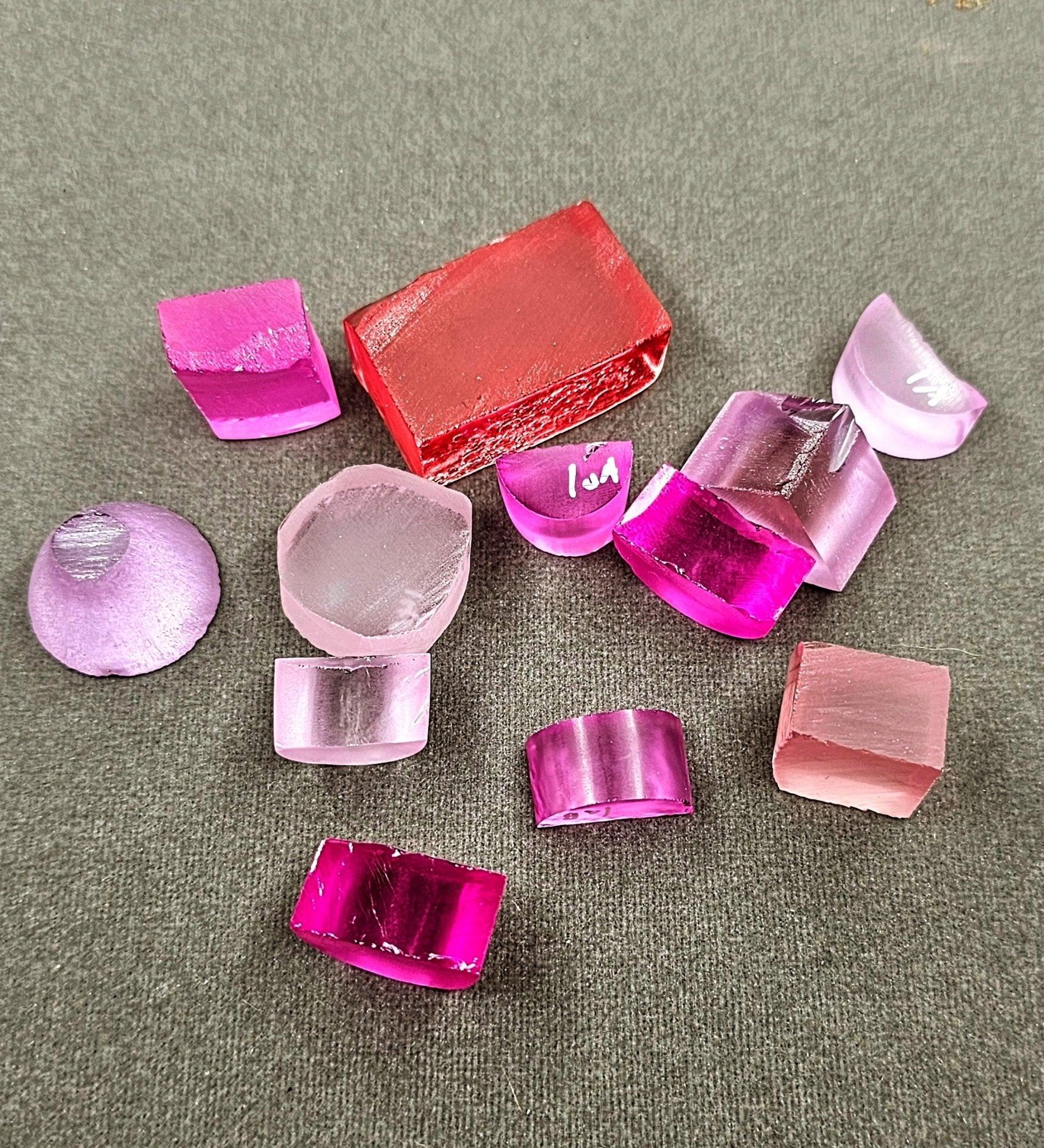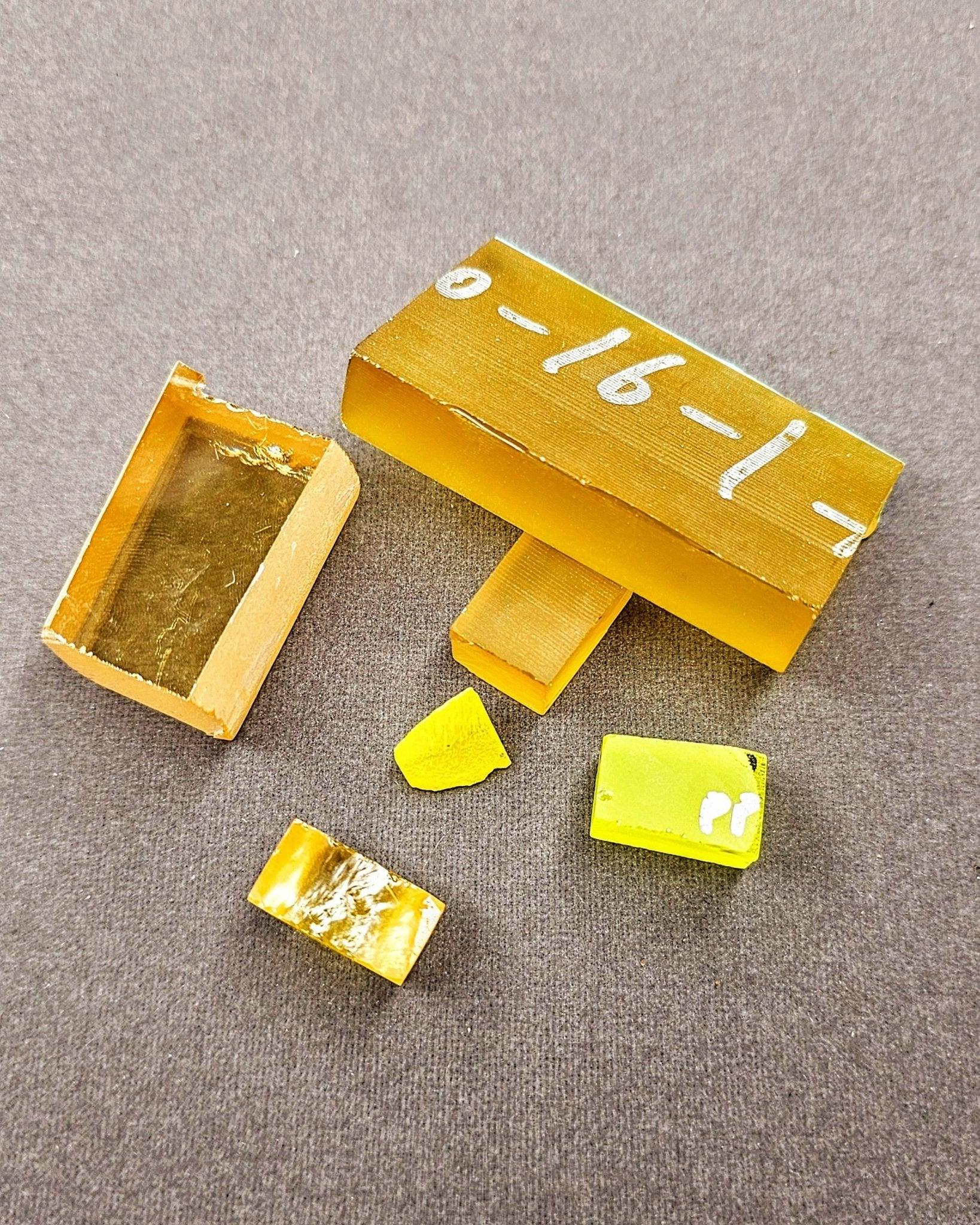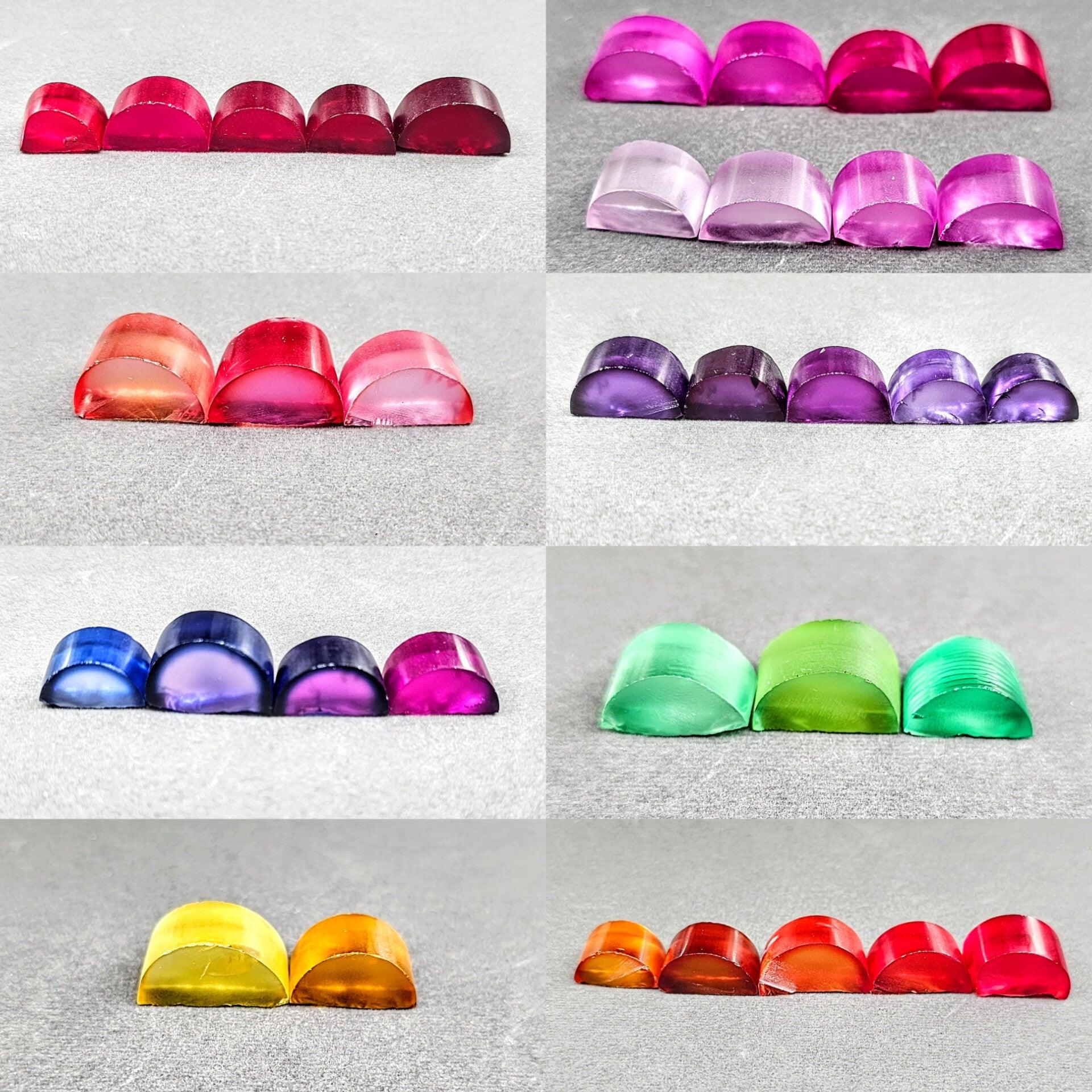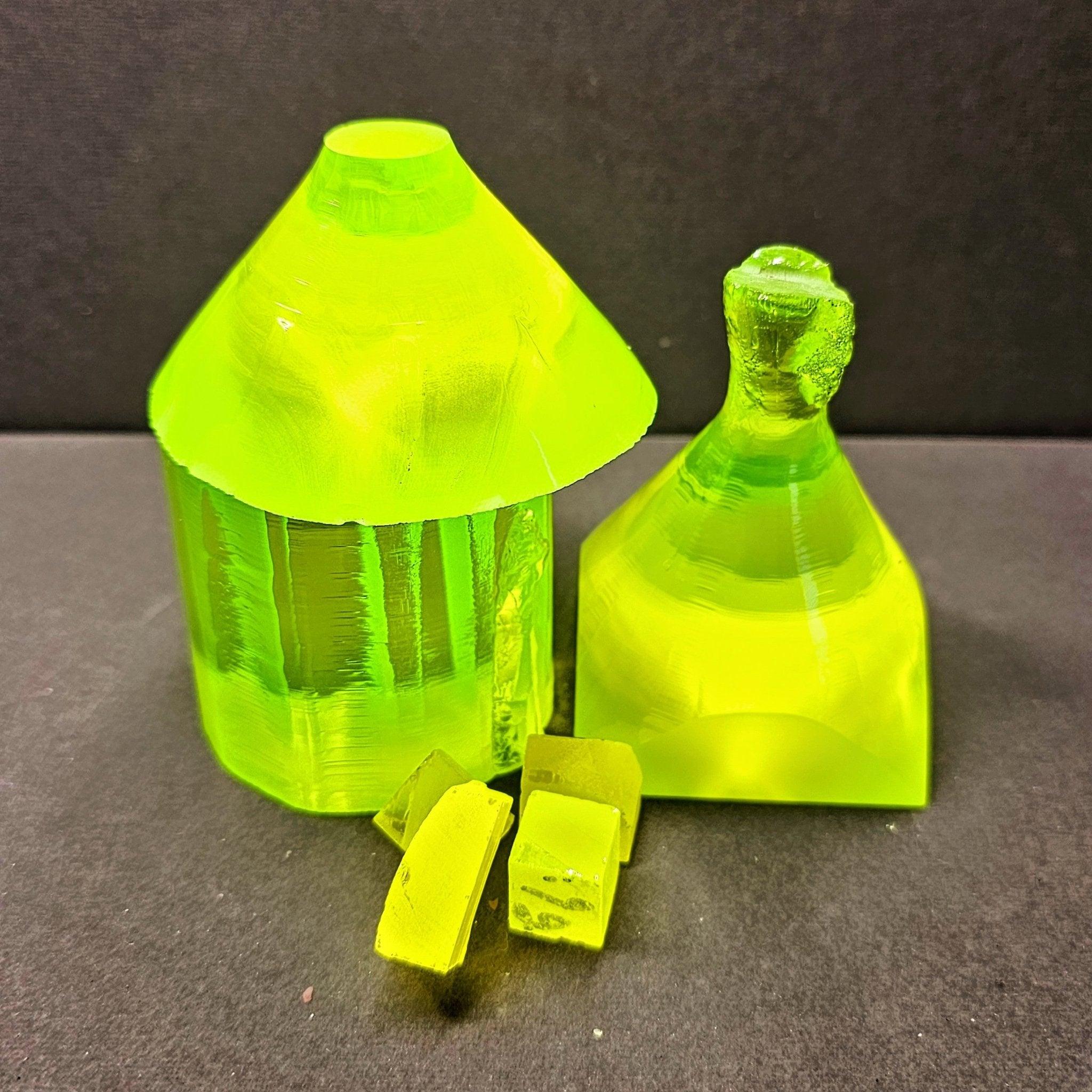Lab-grown sapphire, due to its exceptional hardness and optical qualities, is a staple in the gem industry. As a lab-grown counterpart of natural sapphire, it offers consistency in color and clarity that is often unattainable in nature. The process of creating lab-grown sapphire involves methods like the Verneuil process, Czochralski pulling, and hydrothermal growth, each catering to different market needs regarding size, quality, and cost. The versatility of lab-grown sapphire is evident in its various applications beyond traditional jewelry, such as in scratch-resistant watch covers, optical components, and substrates in semiconductor devices, where precision and durability are paramount.
Rutile, spinel, and lab-grown alexandrite are also significant in the gem industry for their distinctive properties and applications. Rutile, with its high refractive index and dispersion, is often used to enhance the optical performance of multi-element optical systems, including camera lenses and binoculars. Lab-grown spinel, appreciated for its transparency and range of colors, serves as a durable and cost-effective alternative to sapphire and ruby in jewelry. Lab-grown alexandrite, famed for its color-changing properties, provides a unique aesthetic that appeals to consumers seeking novelty in jewelry, while also being used in laser technology due to its efficient light emission properties.
Emerald, moissanite, and lab-grown beryl each hold a special place in the gem industry. Lab-grown emerald offers a more affordable alternative to its natural counterpart, providing the market with stones free from the flaws that commonly affect mined emeralds, thus allowing for larger, clearer pieces that are perfect for fine jewelry. Moissanite, originally discovered in meteorites and now synthesized primarily from silicon carbide, rivals diamonds in brilliance and hardness, making it a popular choice for engagement rings and other high-end jewelry. Lab-grown beryl, which includes varieties such as violet beryl and lab grown bixbite, can be produced to feature vibrant, consistent colors and clarity at a fraction of the cost of natural stones, expanding the range of options available to designers and consumers alike.
